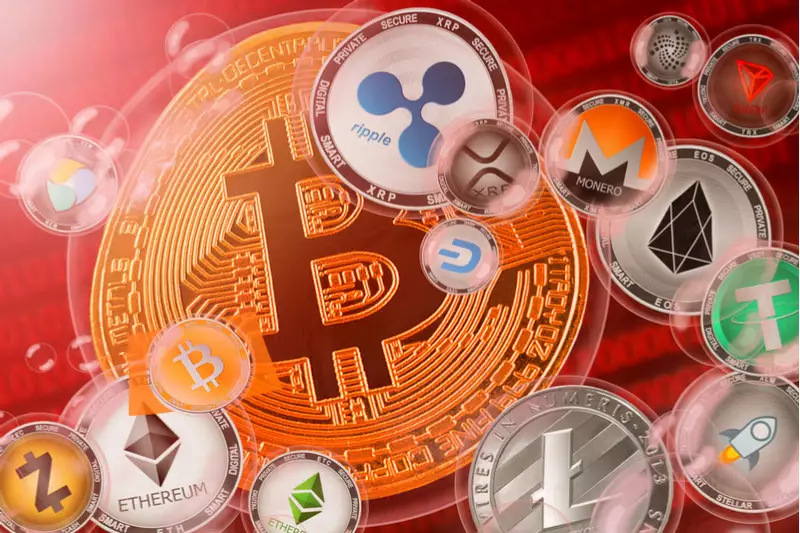On December 13, 2024, the picturesque George Town in the Cayman Islands witnessed a significant step forward in blockchain technology with the unveiling of the Sonic mainnet by Sonic Labs. This launch introduces an Ethereum Virtual Machine (EVM)-compatible layer-1 blockchain platform that aims to reshape the landscape for developers and applications alike. With remarkable features like a potential 10,000 transactions per second (TPS) and rapid finality for transactions, Sonic positions itself at the forefront of decentralized finance (DeFi). The platform’s strong foundation is laid by the same innovative team responsible for the Fantom network, indicating a vision of evolutionary blockchain enhancements rather than mere incremental changes.
Sonic’s core proposition revolves around development incentives, a critical aspect often neglected by competing blockchain initiatives. Unlike many blockchain platforms that adhere to traditional, often exploitative economic models, Sonic introduces a Fee Monetization (FeeM) strategy. This unique concept allocates an impressive 90% of network fees back to developers, putting them back in command and facilitating a sustainable ecosystem. This model mirrors successful monetization strategies seen in Web2 platforms like YouTube, where creators can directly benefit from user engagement.
According to Sam Harcourt, the Business Development Lead at Sonic Labs, the initiative sets itself apart by integrating rewards for developers directly into the protocol. As opposed to conventional models where developers frequently face pressure to impose additional fees on users, Sonic’s FeeM ensures that their creations can thrive without compromising user experience. The elimination of a zero-sum game enables a paradigm where both users and developers prosper, aligning interests rather than forcing adversarial relationships.
One of Sonic’s standout features is its commitment to creating a seamless transition for current Fantom (FTM) token holders. The upgrade process from FTM to the new Sonic (S) token is effective and user-friendly, managed through the MySonic upgrade portal. The promise of a 1:1 exchange ratio eliminates concerns over loss or dilution of assets during the transition. As emphasized by CEO Michael Kong, the Sonic platform builds upon the historical efficiency of Fantom, which boasts almost total uptime since its inception in 2019. This pedigree provides new users confidence as they embark on their blockchain journey within this evolved framework.
The initial grace period of 90 days for free swaps between FTM and S tokens showcases Sonic’s commitment to its community, ensuring that users are not hurried into making decisions that could affect their holdings adversely. After this period, holders will still have the opportunity to transition, albeit at a more structured pace, fostering a calculated migration process.
In the current blockchain ecosystem, cross-chain activity is increasingly vital, and Sonic recognizes this by introducing its proprietary Sonic Gateway. This decentralized bridge facilitates seamless transactions between Ethereum and Sonic, addressing a crucial downside of traditional bridging methods, which are often centralized and prone to security vulnerabilities.
The Sonic Gateway excels in multiple critical areas: it offers robust security measures that ensure user assets are safeguarded, even in the case of operational mishaps on one end of the bridge. This fail-safe mechanism adds a layer of trust essential for users venturing into decentralized finance. Furthermore, the Gateway’s operational efficiency allows for quick asset transfers, with transactions batched for optimum speed. This level of care for user assets signifies Sonic’s commitment to trust and decentralization—hallmarks of any successful blockchain initiative.
To catalyze initial user engagement and broaden its ecosystem, Sonic Labs is executing an extensive airdrop initiative, distributing 190.5 million S tokens aimed at both users and developers. This two-pronged approach creates a fertile ground for organic growth while rewarding early adopters. Sonic Points and Sonic Gems comprise the two incentive structures designed to encourage participation, each capturing the essence of rewarding loyalty and innovation.
Sonic Points facilitate user engagement while incentivizing developers with Sonic Gems, a currency convertible into S tokens. This gamified structure not only promotes user interaction but also aligns developer efforts with the platform’s success, further enhancing the overall ecosystem’s vibrancy.
In an age where the blockchain landscape is rapidly evolving, the Sonic mainnet promises to set a new standard for layer-1 platforms. Through innovative technological advancements, equitable developer incentives, and a clear roadmap for future expansion, Sonic embodies the next generation of decentralized solutions. As the platform continues to mature, it will be fascinating to observe how it influences the broader DeFi landscape while empowering both developers and users in unprecedented ways. In a world that often commodifies user and developer engagement, Sonic’s progressive model offers a refreshing departure from the norm—one that ultimately desires mutual growth and success for the entire ecosystem.

